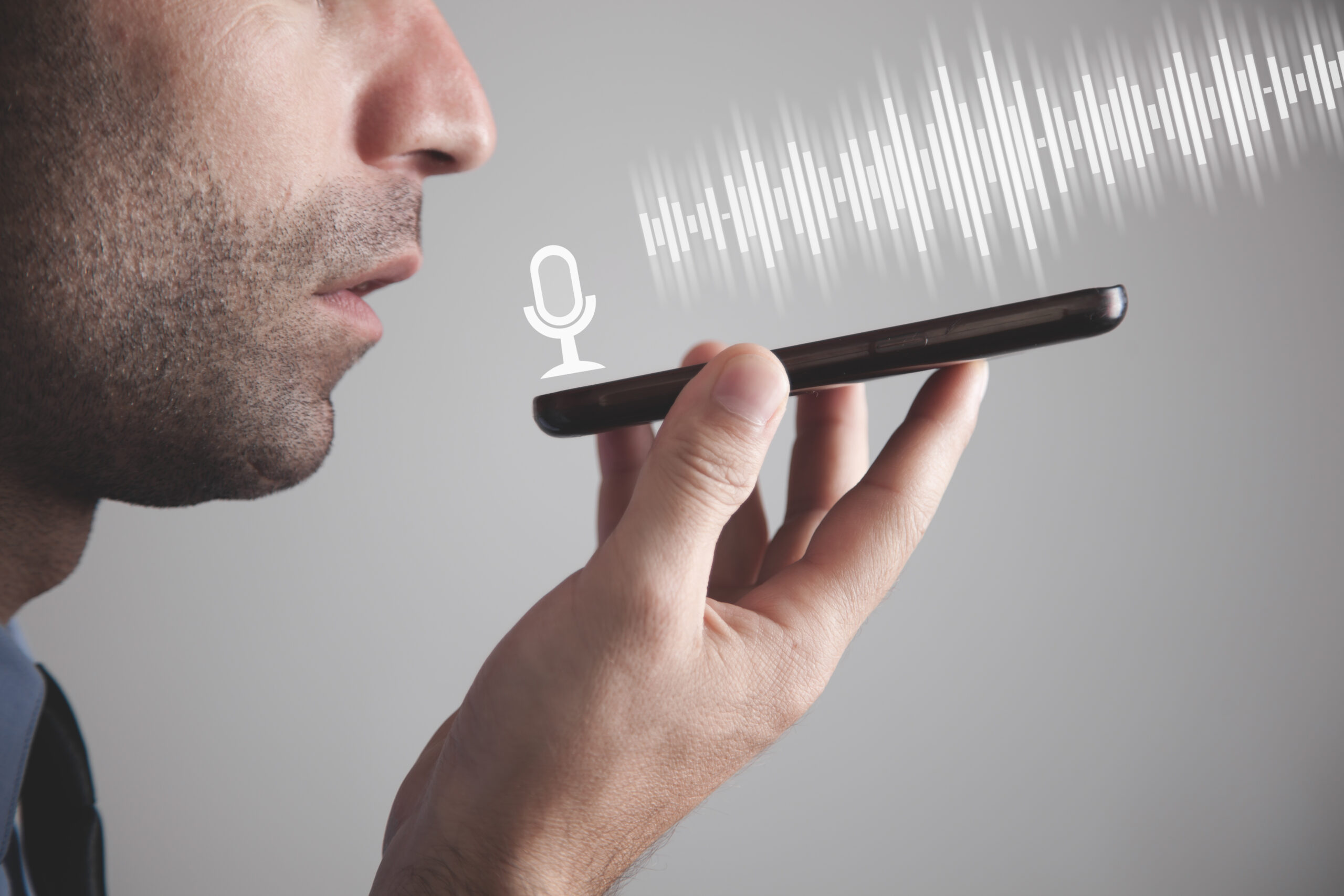*This article is an English translation of a Japanese article.
As digital content and websites continue to grow, designing with accessibility in mind becomes increasingly important to ensure that all users can access your content. One key aspect of accessibility is audio control, which benefits users with visual or hearing impairments, as well as the general public. In this article, we’ll explore the importance of controlling audio on websites, best practices for implementation, and who benefits from these practices.
Why Audio Control is Necessary
Understanding why audio control is needed is the first step to creating an accessible site. Many web contents now include auto-playing audio, video with sound, or features with audio feedback. However, not all users find these useful or convenient. Audio control is particularly important for the following users:
- Visually impaired users: Those using screen readers rely on audio to understand content. If audio plays automatically, it can interfere with the screen reader, causing confusion and making it harder to comprehend information.
- Users with hearing sensitivities or hearing impairments: Uncontrolled audio or loud volumes can cause discomfort or make it difficult for these users to interact with content.
- Users prone to distraction: Sudden audio can break concentration or cause stress, especially when multiple tabs are open. Finding and stopping the auto-playing audio can be challenging in such cases.
- General users: In public or quiet environments, unexpected audio can disturb others. Providing easy access to audio controls helps prevent this and enhances user experience.
Guidelines for Audio Control
To enhance web accessibility, there are several key guidelines related to audio control. These are also highlighted in the Web Content Accessibility Guidelines (WCAG).
1. Avoid Auto-Play
Auto-playing audio or video should be avoided. Content that starts playing automatically can startle or frustrate users. If auto-play is necessary, ensure that users can easily choose to play the content by offering a play button.
2. Provide Stop/Pause Functions
Always provide users with options to stop, pause, or adjust the volume of audio. For long or looping audio content, the user interface (UI) must include clear buttons that allow users to control playback as needed.
3. Volume Control Options
Providing volume control is also crucial. In addition to a mute button, offer a slider or other options for adjusting the volume so that users can set the sound to a comfortable level.
4. Screen Reader Compatibility
For visually impaired users, it’s important to ensure audio content does not conflict with screen readers. Audio that plays while a screen reader is speaking can cause confusion. Ensure audio control is easy to access and operates smoothly with screen readers to avoid overlapping audio.
Practical Examples of Implementing Audio Control
Here are effective methods for integrating audio control on your website:
- Play Button for Audio: Instead of auto-playing content, provide a play button that users can click when they are ready to start the audio.
- Visible Play/Stop Buttons: Ensure that clear play and stop buttons are always visible on the screen so users can easily control the audio.
- Volume Slider: Include a volume slider or similar control so users can adjust the sound to their preference. This is especially helpful for users in quiet or loud environments.
- Timer for Auto-Stop: Add a feature that automatically stops audio after a certain time, or allow users to set a timer for playback. This prevents unwanted continuous audio.
- Keyboard Shortcuts: For users who cannot easily use a mouse, offer keyboard shortcuts for controlling playback. This improves accessibility for users with motor impairments.
Benefits of Improving Audio Control
Implementing proper audio control benefits a wide range of users and improves the overall experience of your website. Here are some key benefits:
- Enhanced User Experience: Users can enjoy audio content at their own pace, without unwanted interruptions, leading to reduced stress and a more pleasant experience. This could increase the time users spend on your site and improve engagement.
- Improved Accessibility: For users with visual impairments or hearing sensitivities, better audio control makes content easier to understand. This helps create an inclusive environment where more people can access your site.
- Legal Compliance: Many countries are tightening regulations around web accessibility. By implementing proper audio controls, your site can comply with WCAG standards and local accessibility laws.
Conclusion
Audio control is a critical aspect of web accessibility, ensuring that all users can comfortably access and navigate your website. By providing clear controls for stopping, pausing, or adjusting audio, you help create a user-friendly environment for people with diverse needs. Proper audio management is particularly vital for users with visual impairments, hearing sensitivities, or those in environments where unexpected sound could cause disruptions.
When designing or managing your website, be sure to implement thoughtful audio control features to create a more inclusive digital experience. Accessibility is key to building a web that works for everyone, and audio control is one of the essential steps toward that future.
We have released the UUU Web Accessibility Widget Tool, designed to make web accessibility easy to implement. This tool helps improve the accessibility of websites quickly and efficiently, even without specialized knowledge.
If you’re interested in enhancing your website’s accessibility, please check out the details. We are here to support you in making your website more user-friendly and accessible to a wider audience.
